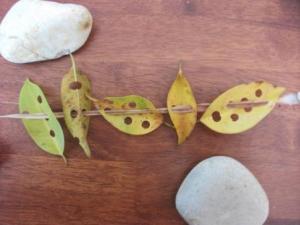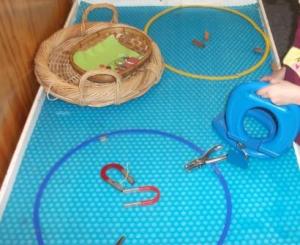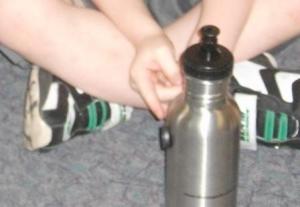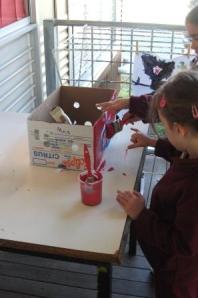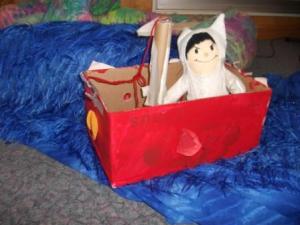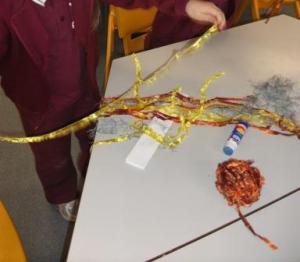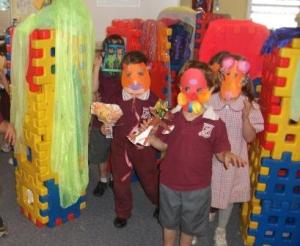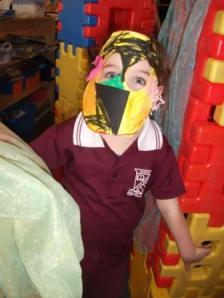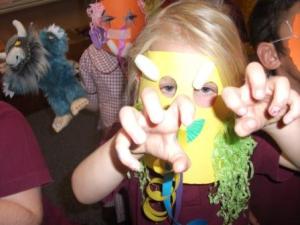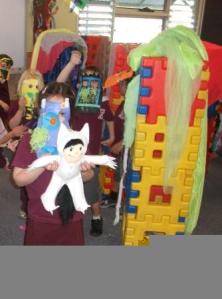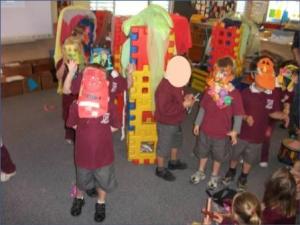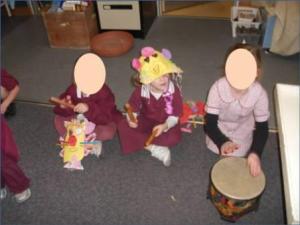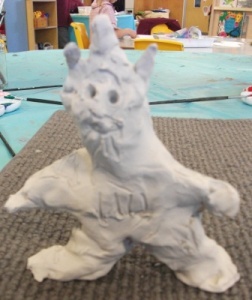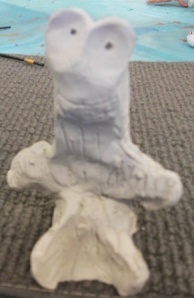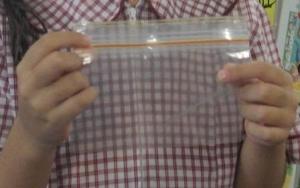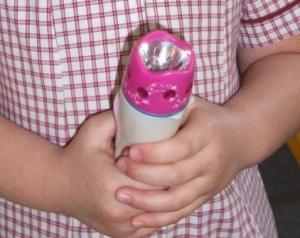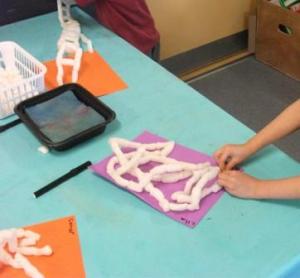Technology in the Early Years – A Philosophical Discussion
We live in a digital age. An age in which information is rapidly changing and a society that is communication focussed. Our world is networked and whilst networks have always existed, they are now more prominent, as well as more global. This connectedness, the shrinking half life of information and the challenge of keeping current, as well as the current social trends in the rise of the individual, immediacy and now, and the notion of internationalism all need to be considered by educators when planning for the children who live in, and are the future of, this rapidly changing information and communication focussed society. The new national curriculum also recognises these changes and whilst it’s focus is on content, this content includes multimodal texts and their analysis through the development of higher order thinking in all areas and subjects.
When I think back to when my current prep children were born, 5 or 6 years ago, many homes still had dial up internet connection, laptops were heavy and bulky, social networking sites were very new and and iPods were the latest thing on every teenagers wish list. Now they have started school and “smart phones” are common, broadband and wireless internet is the norm; people communicate via email, texting, tweeting on twitter and/or posting on Facebook and the children can use an iPod/ iPad/iPhone as easily as they can build with blocks. These children should they attend University will graduate in 2027. What will the world look like then? What kind of technology will be the norm in society, at home and…… in education?
As far back as 1986, when computers and ICT were just beginning to appear in homes, Bruner wrote we are living through bewildering times where the conduct of education is concerned. There are deep problems that stem from many origins-principally from a changing society whose future we cannot foresee and for which it is difficult to prepare a new generation (The Language of Education p.21). The idea that we as a society, and in particular as educators, need to prepare children for a future that we can only guess about, has made me think and reflect more deeply on my pedagogical practice than any other.
In the 30 plus years I have been an early childhood educator, my teaching and learning philosophy has been based primarily on the Constructivist Theory and the typical early childhood setting provided children with opportunities to participate in group and individual activities which were open to a variety of approaches. Children are able to experiment in an open ended manner, explore their ideas and experiment using first-hand experiences, rather than relying on the teacher’s authority. The theorists upon whose work these ideas are justified included Bruner and his work on inquiry and discovery learning; Ausabel- who highlighted the centrality of the learners existing knowledge structures in designing curriculum; and in particular Piaget and Vygotsky who believed that children “were not empty vessels to be filled with knowledge”. Constructivists believe that knowledge and learning are based on prior knowledge and learning, and the process of building upon prior knowledge is an active one, one in which the learner must be engaged. They believe that learners fit together new information based on what they already know. Piaget and Vygotsky emphasised the idea that ‘knowledge is actively constructed by the learner, not passively received from the environment‘ and defined the role of the teacher as facilitating the learners own activity. Constructivist learning experiences nurture curiosity and emphasise authentic tasks in a meaningful context, where these tasks are real-world learning situations and settings.(Jonassen,1994 p.34)
Other researchers who have influenced my pedagogy include the brain researchers who believed that children take in information through all their senses and that early childhood is a critical period for brain development and Bronfenbrenner who believed that children live and learn within multiple social and cultural contexts and their development and learning is greatly influenced by their backgrounds, lifestyles, culture and prior knowledge. He also believed that learning is a reciprocal process and interactions with people, objects and symbols affect children’s understandings, capabilities and dispositions. I also believe that we need to give children agency and a voice, with “agency” being children having the power to make choices and decisions and “voice” defined as children having their ideas and opinions heard and their diverse experiences valued and responded to.(Early Years Curriculum Guidelines p.96)
Many of these educational theorists were working in a time when learning and society was not impacted through technology but now “including technology and connection making as learning activities begins to move learning theories into the digital age. Connectivism presents a model of learning that acknowledges the shifts in society and provides insights into learning skills needed for learners to flourish in a digital age.(George Siemens, 2005). Interestingly, these skills of making connections using technology, syhnthesising information to make decisions and choices, and learning where to seek information are the kind of “learning to learn” skills and thinking that fit very well with the Constructivists theories and my play and enquiry based philosophy.
With all of this in mind, for me it is not a question of do I use ICT in my classroom but how I use it.
My classroom is full of open ended resources and materials for everyone to use, many of which have been traditional components of an early childhood environment for a long time. They encourage children to be active participants in a variety of social contexts and are open to a variety of approaches, allowing for individual learning styles and stages of development and learning. They are all carefully selected and changed according to my children’s needs and interests and this is how I also use ICT. In my classroom the children have access to lots of different kinds of ICT including a digital camera, an iPod Touch, Talking books with stories written and illustrated by the children, 3 Bee Bots, a digital microscope, 2 computers, an Interactive Whiteboard and a laptop and they are all integrated into the curriculum and learning just like any other resource. They are not used in isolation and I make professional judgements about them just as I do anything else. Some things such as the iPod touch are used in similar ways to older technology such as tape players and listening posts (especially with the addition of a multi-plug head phone device) but we also embrace their additional capabilities for recording learning and ideas. Other ICT’s such as the IWB have opened up endless opportunities for co-constructing learning in an active and social way (whilst developing fine motor skills as the children use their finger on it as well as motor co-ordination as they move their arm across their midline when going from 1 side to another.)
As you have read this discussion you will probably have noticed that I haven’t mentioned play. Vygotsky states that play is of critical importance in children’s cognitive development (Early Years Curriculum Guidelines p.95) As an early childhood educator, I believe that play is, for young children, the most important context for learning as it provides opportunities to organise and make sense of the social world, actively engage with people, objects and representations, problem solve and experiment, and involves pleasure and imagination. This kind of play can be supported through the use of the wonderful resources available on the internet and other interactive technologies and activities. ICT’s can help children make connections between what they know and new knowledge. ICT’s provide them with opportunities to develop higher order thinking as they play and experiment with them, just as they would play and experiment with anything else. This learning through experimentation and problem solving can also be related to adults who, if asked about how they learnt to use their new iPad or phone will usually tell you that they just played around with it. I don’t think many adults read the manual, although they might search the internet for video tutorials, often made by a tween or teenager.
Over the last twenty years, technology has reorganized how we live, how we communicate, and how we learn. Learning needs and theories that describe learning principles and processes, should be reflective of underlying social environments.(George Siemens 2004)
So can Constructivism and Connectivism work together? I think they can, because a 21st classroom that nurtures children’s innate curiosity and ability to play, is supportive and flexible, embraces it’s traditional components as well as ICT’s, and integrates them both into the curriculum wherever possible, will provide children with the opportunity to make connections and to develop the knowledge, skills and attitudes for being lifelong learners – essential for living in our rapidly changing world.



















